Cleanliness is the name of the game today as, inevitably, your chicks will find some way to get their perfect down into a less preferable state.
It then raises some questions about what to do when your chicks get covered in filth, but I’ve got some tricks for just such a predicament!
In this article, we’ll answer the question of “Can you give your baby chicks a bath?”
Why A Wet & Dirty Chicken Is A Bad Idea
When chicks become wet and soiled, they can get cold and stop eating. This can potentially result in hypothermia and possibly death.
Soiling is when your baby chick gets their own or another chick’s poops on their down (which happens more frequently than you might think), or if they somehow get food stuck their down.
It can also happen if your chicks get wet (they fall in their waterer, for example), or if their bedding is wet, and their down becomes caked in food, shavings, and/or poop.
When they’re wet and soiled, the down will stick to them and this will prevent it from keeping them warm.
This will happen, so it’s important to be prepared. Somehow, this season, one of my chicks fell into waterers, which, considering we use mason jar waterers, are pretty hard to fall into. We’ve also had chicks dust bathing and then get wet. They were very unhappy!
So, it’s very important to make sure your chicks are always dry and clean.
Cleaning Your Chicks
Fixing this is quite easy – you can gently bathe your chicks to remove any wet food, poop, etc.
First, rub them down gently with just a washcloth. Some people will actually put their chicks in water, but I don’t recommend it. Instead, just use a washcloth, with nothing on it. I don’t even recommend using baby wipes or any sort of disinfecting towels.
Just use a washcloth with some warm, but not boiling, water on it. Close to room temperature, if not a little bit warmer.
Wipe your chick off to the best of your ability. You might have to scrub a little bit with your finger.
I always wear gloves in case the soiling is poop. Slowly pick at it and very, very, very gently until it’s all removed.
Because they’re small, their skin is fragile and you don’t want to pull on their down and accidentally cause a wound. Picking at it with your finger, rubbing it with a warm, damp cloth, it actually makes it come up pretty quick.
It’s not a hard thing to do, but once there’s no more dirt on them, then it’s time to get them dry.
Drying
Yes, you can use a hairdryer, and no your chicks won’t like it, but it’s better than the alternative!
I use a hairdryer on the low setting and I keep it pretty far away so they don’t get too warm. I move it around a lot so that one area doesn’t get too hot.
Make sure that you’re using a blow dryer that isn’t very hot for this. You just want to blow it dry.
The lowest speed at the coolest temperature is what’s best to use. It might take a few minutes. The last time I did it took 10 minutes to actually get all the down dry.
Very, very gently fluff the feathers to get underneath the down to make sure all the chick’s fiber gets dry.
Another option is to put your chick under a heat lamp and wait for it to dry naturally. It’s going to take longer and I think it is a little more dangerous.
Things To Watch For
Watch your chick for a few minutes afterwards just to make sure that it’s not in distress or that being cold doesn’t cause a health issue.
If it’s been wet for a while or if the ambient room temperature is colder, watch it for a bit longer and just make sure it is kept in a warm area. Provide food and water, and just keep your eye on it to make sure that it is doing well.
Typically, they recover from getting wet and soiled pretty quickly, if you catch it very quickly. Don’t let them sit like that for a while, especially if it’s cold outside or maybe it’s a bit drafty in your home. You definitely want to make sure that you get this solved as fast as possible.
And now you know how to give your baby chicks a bath!
Maat van Uitert is a backyard chicken and sustainable living expert. She is also the author of Chickens: Naturally Raising A Sustainable Flock, which was a best seller in it’s Amazon category. Maat has been featured on NBC, CBS, AOL Finance, Community Chickens, the Huffington Post, Chickens magazine, Backyard Poultry, and Countryside Magazine. She lives on her farm in Southeast Missouri with her husband, two children, and about a million chickens and ducks. You can follow Maat on Facebook here and Instagram here.

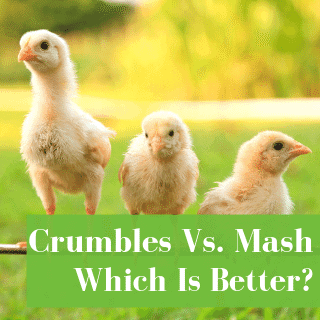
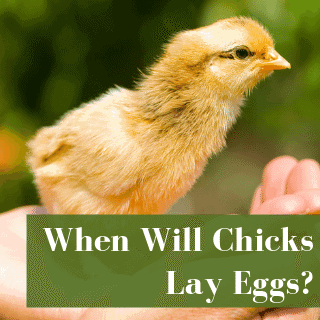
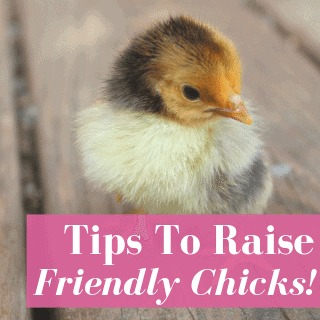
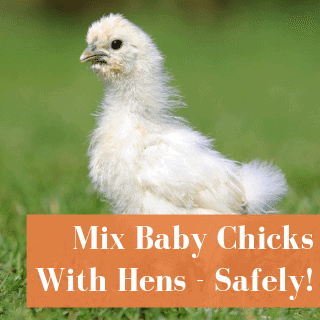

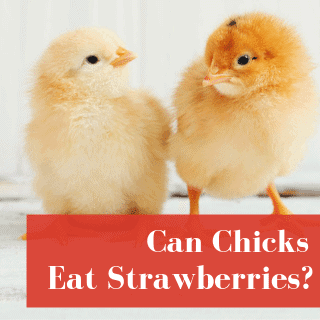
Im a nurse in L&D and I wanted to let you know the best way to know the temperature of the water is to measure with your elbow. Yes most people think it if is with your wrist but this is not true. The best way is to use your elbow. Thank you for the videos you do.
Great advice!
Enjoy all ur videos very informative keep them coming love the kids being involved
Thanks!